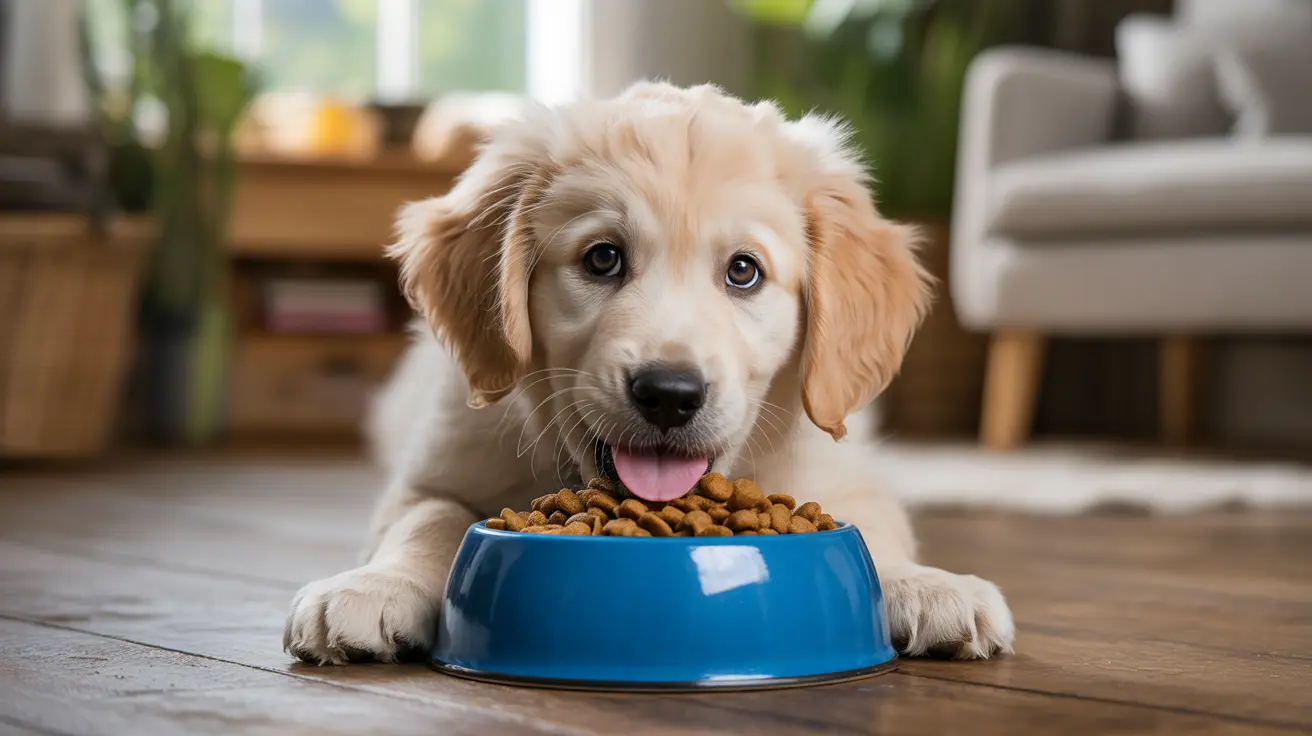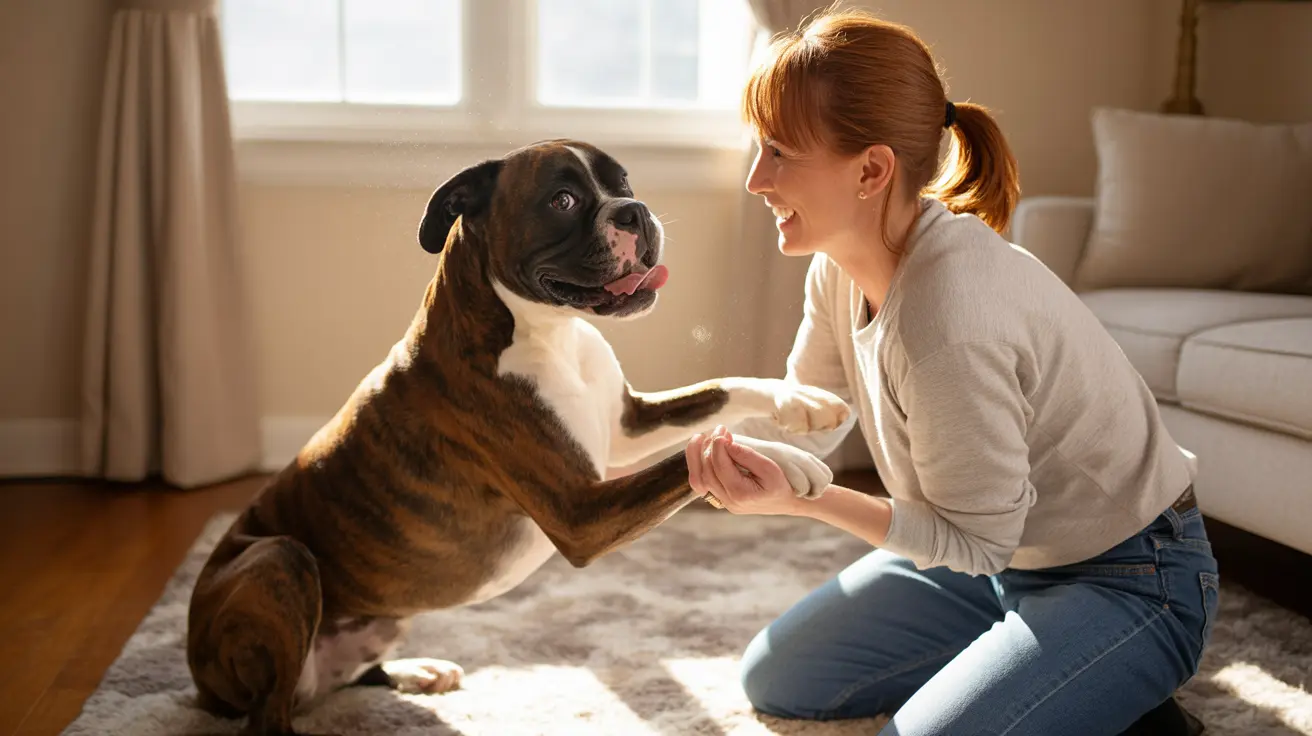Is Cooked Rice Safe for Dogs? A Complete Guide
Feeding your dog human food can be tricky, but when it comes to cooked rice, many dog owners wonder if it's safe. The good news is that plain, fully cooked rice — both white rice and brown rice — is generally safe for dogs to eat in moderation. However, there are important details and cautions to consider.
Benefits of Cooked Rice for Dogs
- Digestible carbohydrate: White rice is bland and easy on the digestive system, making it ideal during episodes of diarrhea or stomach upset.
- Binding effect: It helps firm up loose stools in dogs experiencing gastrointestinal distress.
- Energy source: Provides quick energy through simple carbohydrates.
- Brown rice includes more fiber and nutrients than white rice, making it suitable for everyday inclusion (unless your dog has digestive issues).
When Rice Is Recommended
Veterinarians often suggest a bland diet during stomach upset. A typical recommendation includes:
- 2 parts plain, cooked white rice
- 1 part lean protein (like boiled skinless chicken or turkey)
This combination helps recover gut health and stabilize bowel movements.
What Type of Rice Is Safe?
Several types of rice are safe for dogs when cooked plainly:
- White rice: Easy to digest and suitable during illness
- Brown rice: Higher in nutrients and fiber but harder to digest
- Jasmine/Basmati rice: Also safe if unseasoned and fully cooked
What to Avoid
Although rice itself is generally safe, avoid the following to prevent digestive issues or toxicity:
- Seasonings and sauces (e.g., soy sauce, butter, salt)
- Oils and fats: These can lead to pancreatitis
- Garlic, onions, scallions: Toxic to dogs and can damage red blood cells
- Fried rice: Contains harmful ingredients and unnecessary fats
Symptoms of Trouble After Eating Inappropriate Rice Dishes
If your dog accidentally eats seasoned or fried rice, monitor for:
- Vomiting or diarrhea
- Lethargy or behavior changes
- Excessive thirst or dehydration
- Tremors
Contact a veterinarian if symptoms persist or are severe, especially if your dog consumed onion, garlic, or large amounts of fried or salty rice.
How to Prepare Rice for Your Dog
- Use only plain water for boiling rice, no salt or broth.
- Cook thoroughly to ensure soft texture for easy digestion.
- Serve cooled, at room temperature.
- Combine with lean, boiled meat or plain vegetables like peas or carrots (no seasoning).
Portion Size Guidelines
Rice should form no more than 10% of your dog’s daily calorie intake. Follow these daily serving size recommendations:
- Extra-small (2–20 lbs): 1–2 tablespoons
- Small (21–30 lbs): 2–3 tablespoons
- Medium (31–50 lbs): 1/4 cup
- Large (51–90 lbs): 1/3 cup
- Extra-large (91+ lbs): 1/2 cup
Special Considerations
- Dogs with diabetes or obesity: Limit rice because white rice has a high glycemic index and may rapidly increase blood sugar.
- Sensitive digestive systems: Stick to white rice and avoid brown rice during digestive recovery as it's harder to digest.
Occasional Treats: Rice Cakes?
Plain rice cakes can be given occasionally, as long as they’re not flavored or sweetened. These should also be offered in moderation.
Summary of Key Points
- Yes, dogs can eat cooked rice — but it must be plain, fully cooked, and served in moderation.
- Fried or seasoned rice is not safe for dogs due to toxic and unhealthy ingredients.
- Monitor dogs after accidental ingestion of harmful rice dishes and consult a vet if symptoms appear.
- Portion size matters: Rice should only supplement a dog’s balanced diet, not replace it.
- Consult your veterinarian before making dietary changes, especially for dogs with medical conditions.
By following these guidelines, you can ensure that cooked rice is a helpful, not harmful, addition to your dog’s diet.





